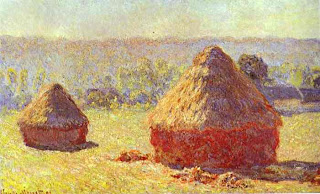DRAWING WITH YOUR BRAINS
On days when I have had cranky flakes for breakfast, faithful readers can find me here grumbling about the bleak state of drawing today. In the words of Roberta Smith, "drawings are a direct extension of an artist's signature and very nervous system." The humble act of making a line with sensitivity and grace is one of the defining acts of humanity; it's the first thing our ancestors did when they evolved from Neanderthals to modern Cromagnons. So what are we to conclude from the state of drawing today? Artists such as Art Spiegelman and Chris Ware seem to be the current darlings of the illustration community, but largely because of the content of their message. Let's face it-- their drawing is just plain lame. Chris Ware Art Spiegelma n In fact, a great many of the artists who helped shape the course of illustration over the past several decades-- Seymour Chwast, Edward Sorel, Garry Trudeau and others-- seem to lack fundamental drawing skills. To their credit, th...

